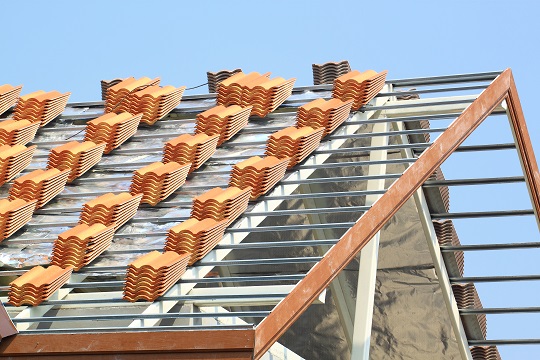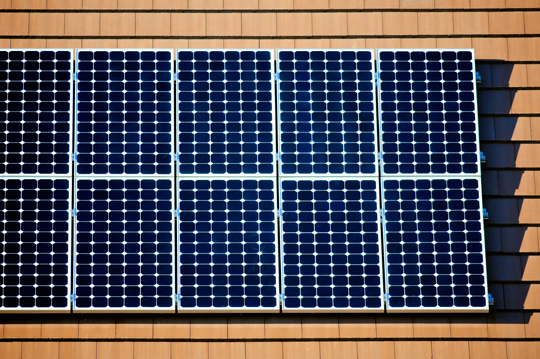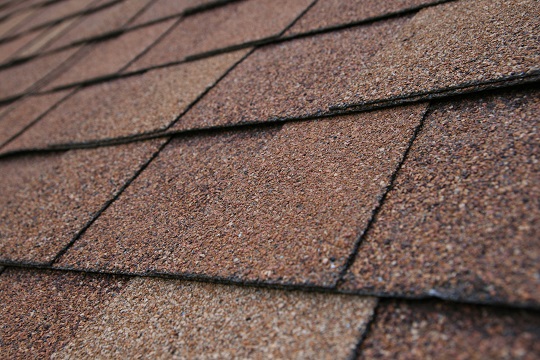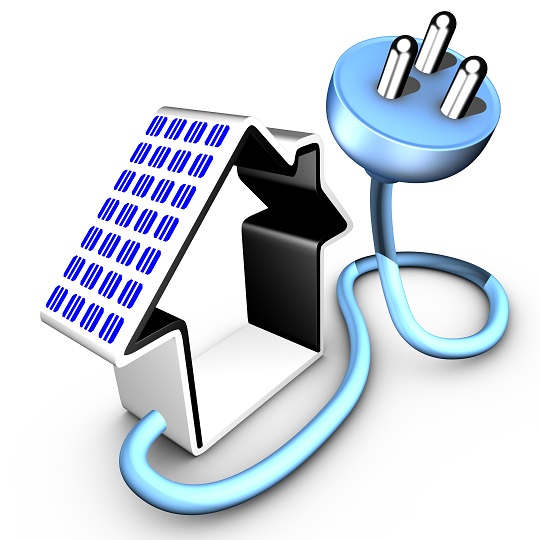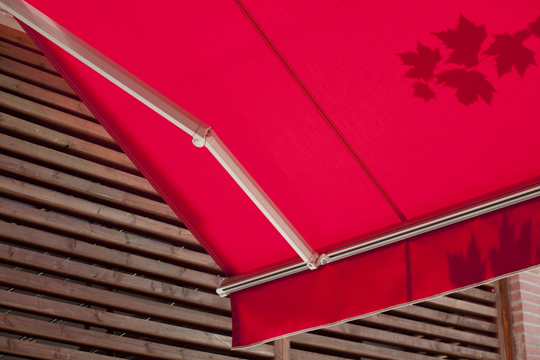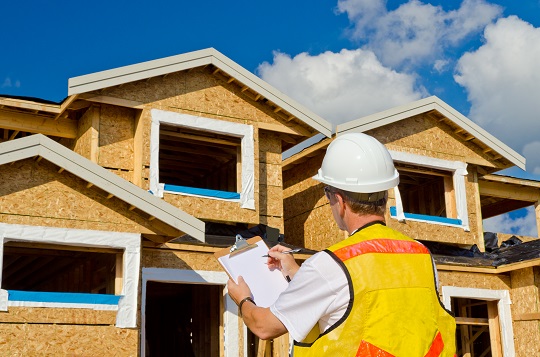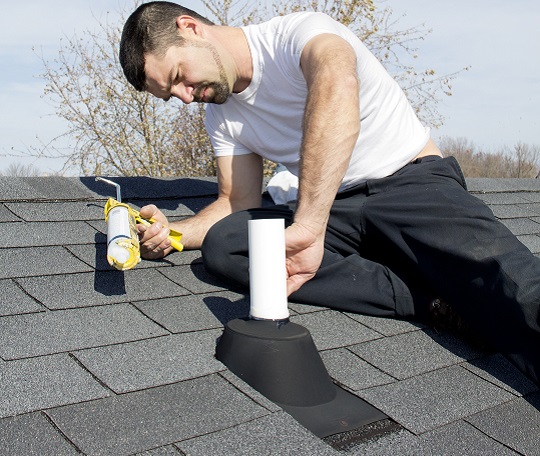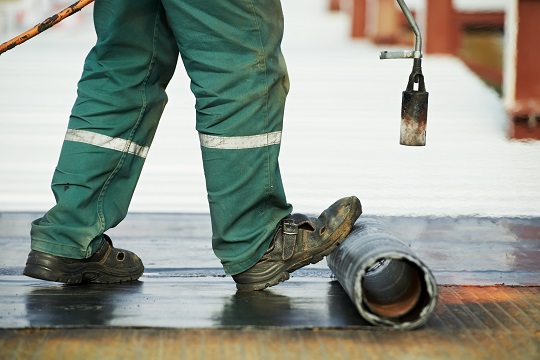A new roof is one of those rainy-day fund type of costs that you may have to deal with. A storm that causes severe damage, a time-worn home; there are many things that can cause you to need a new roof. This is an expensive deal, and may vary depending on what type of replacement roof you are looking for.
Here is a simple guide to help you figure out your approximate new roof cost. Again, these are only estimates. A roofing contractor should be able to provide you with a more accurate estimate depending on your home and the type of roofing you’re looking for.
New Roof Cost Guide
For the purposes of this guide all costs will reference an estimate for a roof size of 1,700 to 2,100 square feet.
Who Is Doing the Roofing? The number one difference in new roof cost comes from whether or not you do the replacement by yourself. If you do decide to take on the task of roofing your own home, you will only face the cost of buying the materials. You will have to sacrifice a lot of time, but it may be worth it, as hiring a roofing contractor can be costly.
Replacing a roof of 1,700-2,100 square feet with asphalt shingles can cost between $680 and $3,700. If you hire a professional, the cost will run between $1,700 and $8,400.
Type of Materials Used: Another cost to consider is the quality and type of replacement shingles you want to use for your new roof. You can decide to use wood, tile, metal, slate, or asphalt. The choices are many. Wood shingles for our example house size will cost between $7,000 and $20,000 on your own. With re-roofers it can cost up from $12,500 to $19,000.
Tile roofing can run from $7,700 to $21,000 alone, and with professional help it rises to between $12,000 and $30,000.
Metal is more expensive, typically running $5,000-$21,000. Hired roofers will cost between $12,000 and $40,000.
Slate materials will cost you between $17,00 and $84,000 and even more if you want to have the roof installed for you.
Size and Shape Of Your Home: The cost of new roofing can be much higher if your roof is more than 1,700-2,100 square feet. Each section of the roof also adds costs, so if your home is irregularly-shaped, this could affect the cost of a new roof.
Get Estimates to Replace Your Roof
If you are looking to get new roofing for your home, speak with a roofing company to find out your new roof cost. TalkLocal with connect you with up to three roofing professionals in your area, who will be able to answer your questions about your new roof cost.

